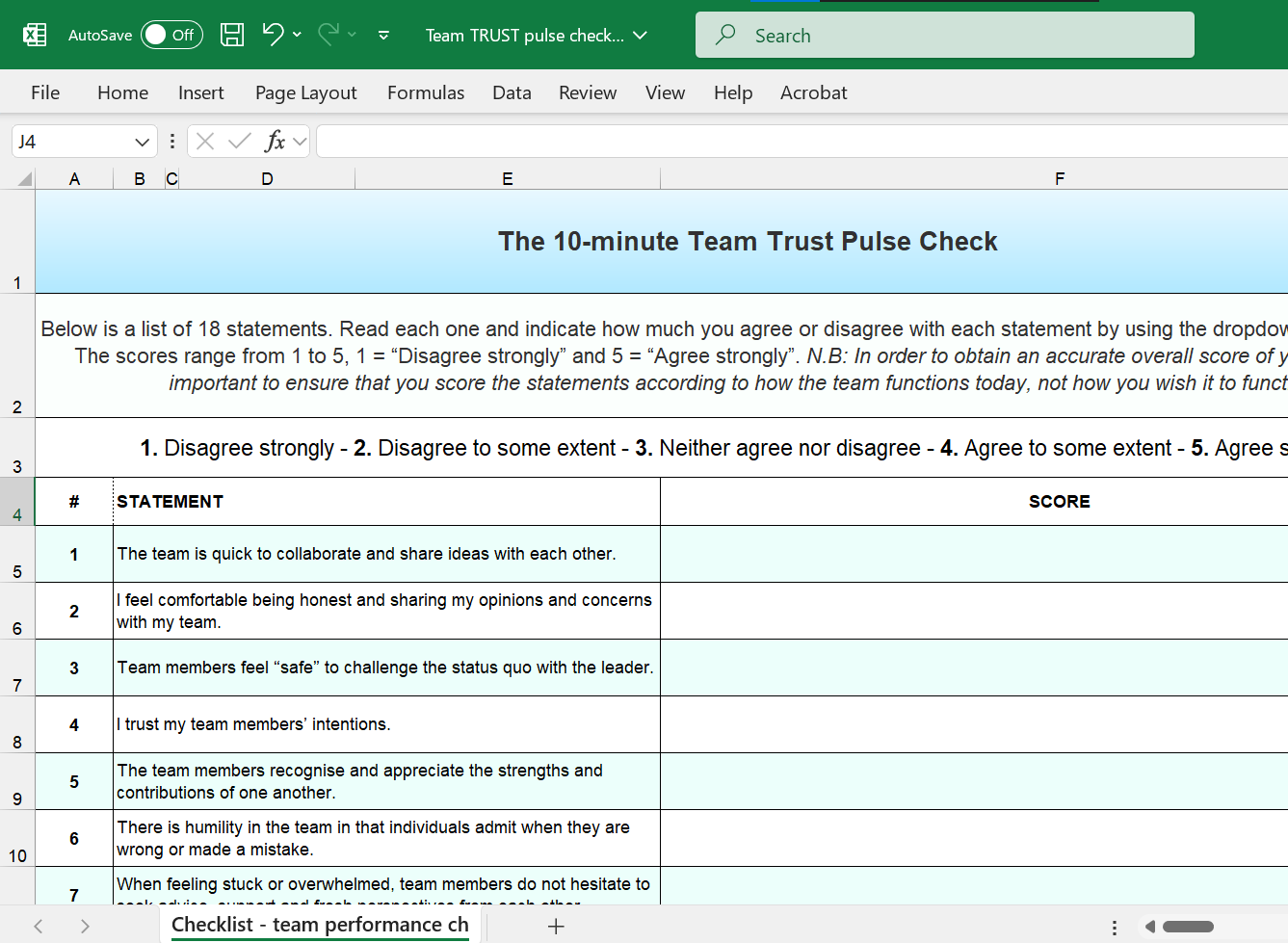
In a high-impact, 2-minute video, Simon Sinek, one of the most prominent thought-leaders of our time, presents the direct correlation between performance and trust. His bottom line is people would choose a High Trust / Medium Performer over a “Stand Alone” star (or Low Trust / High Performer) – any day.
Why is this true and how can this be?
Let’s explore Patrick Lencioni’s 5 Dysfunctions of a Team pyramid, starting from the top:
Where there is a lack of attention to results, performance is weak, objectives are not met and team members are disengaged. Disengagement is palpable and people are displaying silo-ed behaviour or are hunkering down. There is a total disinterest towards accomplishing collective results.
Inattention to Results stems from:
This is synonym to those who choose not to take ownership: Team members do the bare minimum and get away with it. In other words, their poor performance is left unaddressed and there is no sense of collective effort towards a common goal. In addition, there is little to no sense of team identity nor of team culture that glues the team together, providing team cohesion.
Avoidance of Accountability stems from:
Lack of Commitment is the biggest culprit for ineffectiveness. Conversations are left hanging, decisions are left unmade, roadmaps left undrawn and people left confused, frustrated or who simply disengage… Both objectives and roles are unclear. This is a huge energy depleter for the whole team that has become misaligned with the loss of appetite to engage, never mind perform.
Lack of Commitment stems from:
Fear of Conflict breeds unaddressed issues and potentially a blame culture. Solutions are not reached, problems remain unresolved and people steer clear from any purposeful debate. Subgroups – or “bad tribalism” – form as a social coping mechanism, thereby encouraging toxic behaviour such as gossip, exclusion or active disengagement.
Fear of Conflict stems from:
Absence of Trust is what stops people from owning up to mistakes; Rather, they hide them. The quality of conversations amongst team members is poor, grudges are held onto and assumptions are made. There is no space for open communication nor goodwill. People feel threatened and so spend a great deal of time protecting themselves and their work.
Conclusion
So, is trust that important when it comes to performance? Well, not only is it important but it is the baseline for effective performance. Lencioni defines the layers that illustrate the direct link from trust to performance (or the other way around) and it is therefore the undeniable determinant to employee performance and satisfaction.

Provide us with your Name and Email.